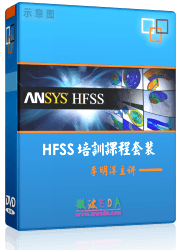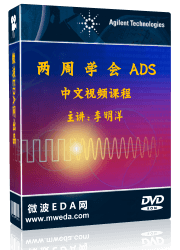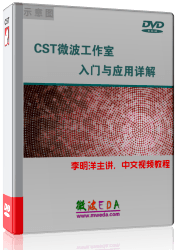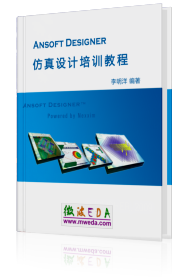Field Source
 Sources and Loads
Sources and Loads  Field Source Field Source
This dialog offers the
possibility to define near
field sources.
Available import formats
are:
CST MICROWAVE STUDIO field source monitor
data (FSM files)
CST CABLE STUDIO or CST
PCB STUDIO radiation data (RSD files)
Sigrity庐 radiation data
(NFD files)
Either electric current
information (for RSD files) or complex electric and magnetic fields on
a bounding box (for FSM and NFD files) are imported and used as excitations
in CST MICROWAVE STUDIO. More details can be found in the nearfield
source overview.
The defined source is
listed in the .
Furthermore, it appears in the solver
excitation list, where it can be selected for excitation, either as
a single simulation or as a simultaneous excitation together with other
field sources or other source types.
Moreover, it is possible
to down-sample the input data frequency points for the transient
solver. As the simulation time depends on the frequency sampling rate,
this may provide a significant speed up for the computation.
Note:
The imported file contains field values at a specific spatial discretization.
Since this discretization does not match to the one used in the simulation,
the field values are interpolated between the original and the simulation
grid. Due to this, a sufficiently fine simulation grid in the imprint
region is required for accurate simulations. For FSM and NFD sources,
local mesh properties can be set.
CST MICROSTRIPES compact
source data (ESF files).
The compact source is
used to excite previously calculated emissions on a region. These emissions,
stored in a ESF file, are typically calculated using a fine model of a
device, and are then used to represent emissions from the device in a
larger system. The equivalent surface over which the emissions were
calculated must be the same size as the compact source excitation region.
The frequency samples in the ESF file must be uniformly spaced. The emissions
in the ESF file can be rotated to fit onto the compact source excitation
region if they are of a different orientation. Moreover, this is only
supported by the TLM solver.
Name
Define a name for the imported field source.
Import file (".fsm", ".rsd",
".nfd" or ".esf")
Browse here for a CST MICROWAVE STUDIO FSM file
(*.fsm), CST CABLE STUDIO / CST PCB STUDIO RSD file (*.rsd), Sigrity庐
NFD file (*.nfd) or. CST MICROSTRIPES ESF file (*.esf).
The data is read from this file every time the model
is rebuilt.
Use relative path
Use this checkbox to toggle between relative and
absolute path names for the import file.
Use local copy only
Enabling this checkbox will cause the field source
to only use the local copy of the import file. This local copy is created
when hitting the OK button.
Data reduction frame
This frame offers the possibility to down-sample
the frequency data for the transient
solver selecting start and end point of the frequency range. Based
on the following parameters, the frequency samples considered for the
transient
solver will be highlighted in the List
of frequencies. Please see the note
on the requirement for equidistant -
zero frequency base sampling.
Downsampling ratio
The spin box (directly connected to a slider) allows
to select the down sampling ratio. A minimum vale of "1" corresponds
to no down-sampling at all (dense sampling).
Freq min
The spin box allows to select the first desired
frequency sample to be considered for the simulation. Click on the spin
control to select one of the frequency samples in the import file as minimum
frequency.
Freq
max
The spin box allows to select the last desired frequency
sample to be considered for the simulation. Click on the spin control
to select one of the frequency samples in the import file as maximum frequency.
List of frequencies
After selecting a specific file with the browse
facility, all correspondent frequencies available in the file are presented
in this list. The frequency points considered for the transient
solver, possibly down-sampled, are highlighted. Moreover, an automatic
tool tip displays the position of each sample in the sequence. During
the transient simulation, the applied field data is interpolated from
the values in the simulation frequency range.
OK
Accepts the current settings and closes the dialog
box.
Cancel
Closes this dialog box without performing any further
action.
Help
Shows this help text.
See also
Field
Source Overview, Excitation
Source Overview, Excitation
Selection, Monitors




HFSS视频教程
ADS视频教程
CST视频教程
Ansoft Designer 中文教程
|